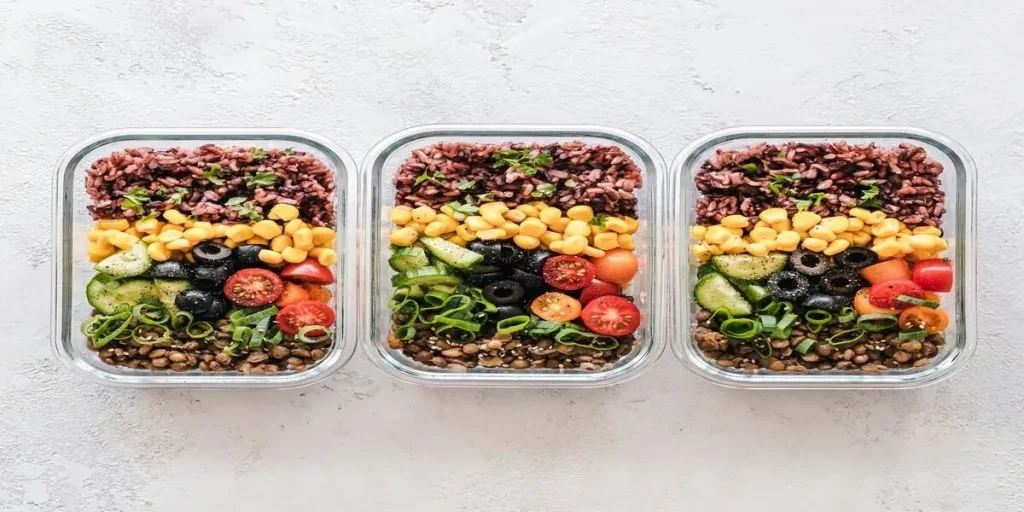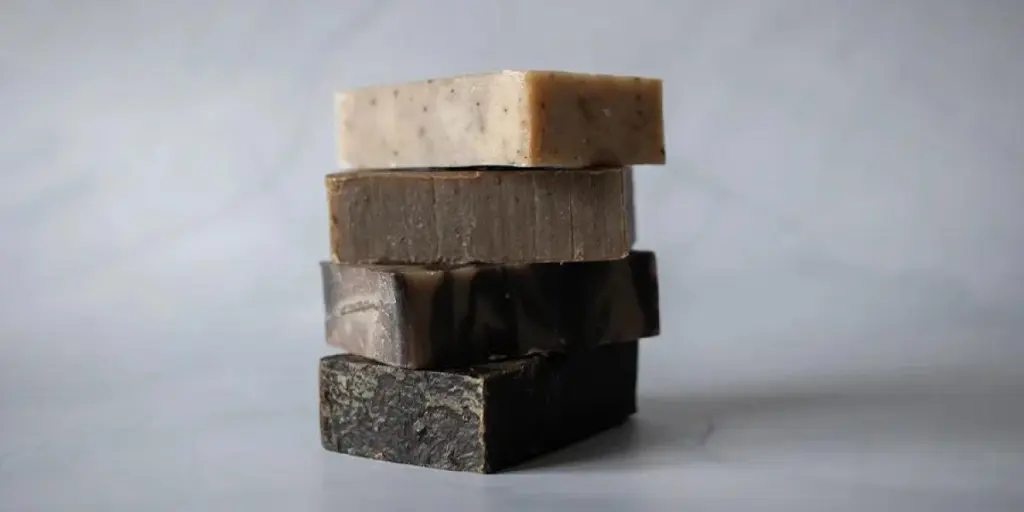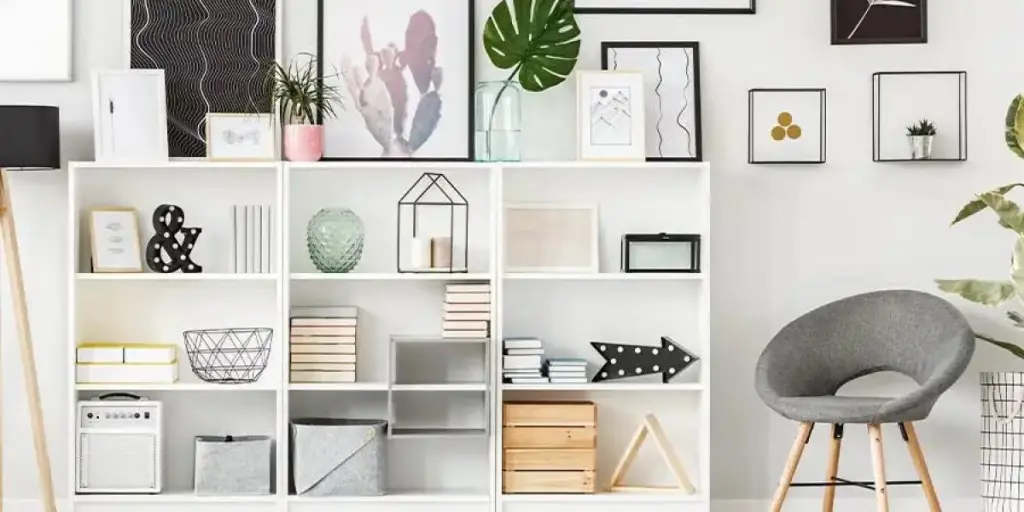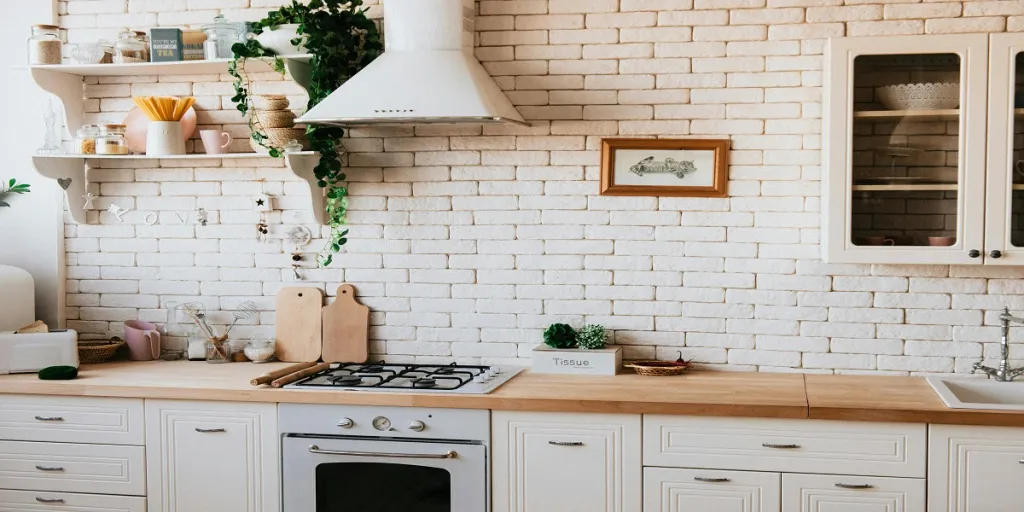Meal prep is one of the best ways for individuals and families to stay organized and save time, and using a meal prep container is a great way to maintain a healthy lifestyle, too.
Choosing the best material for a meal prep container is crucial in terms of ensuring safety and freshness, which is why it pays for buyers to know what options are available to them.
Read on to discover which meal prep containers are the most popular in 2025 for different usage scenarios.
Table of Contents
Global market value of food containers
Which type of meal prep container is best?
Conclusion
Global market value of food containers
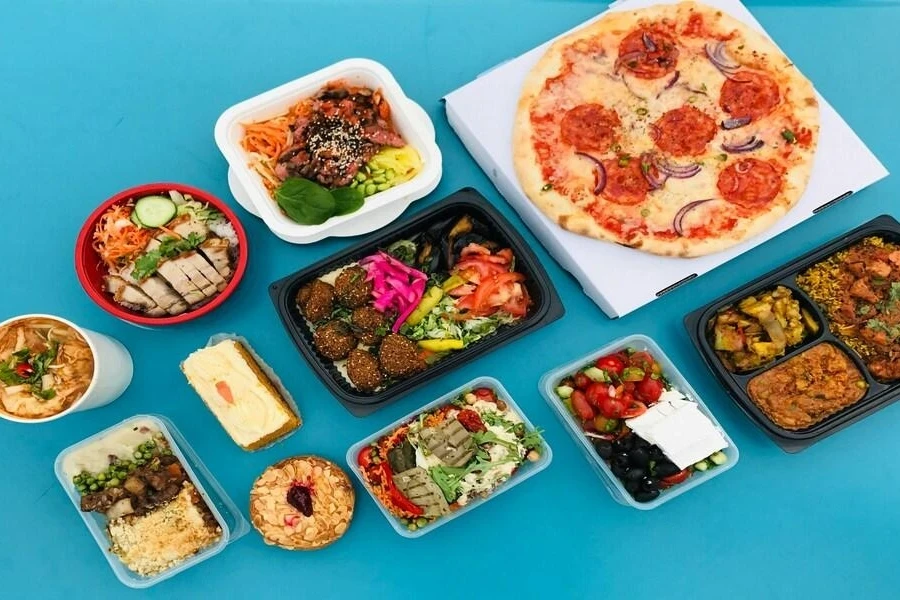
When it comes to meal prep, different food containers are preferred for a variety of reasons, including benefits relating to storage, transportation, and preservation. It’s important that the container is made of durable materials to ensure the food inside doesn’t spoil or leak.
Several types of materials are used, and each has its upsides and downsides. In recent years, as more consumers have become aware of environmental issues related to food packaging, the market has seen a shift toward sustainable and reusable containers.
In 2024, the global market value of food containers exceeded USD 160 billion and is projected to grow by a CAGR of 4.5% until 2030, bringing the total market value up to approximately USD 227.9 billion. Asia Pacific is expected to be the driving force in demand for food containers during this time.
Which type of meal prep container is best?
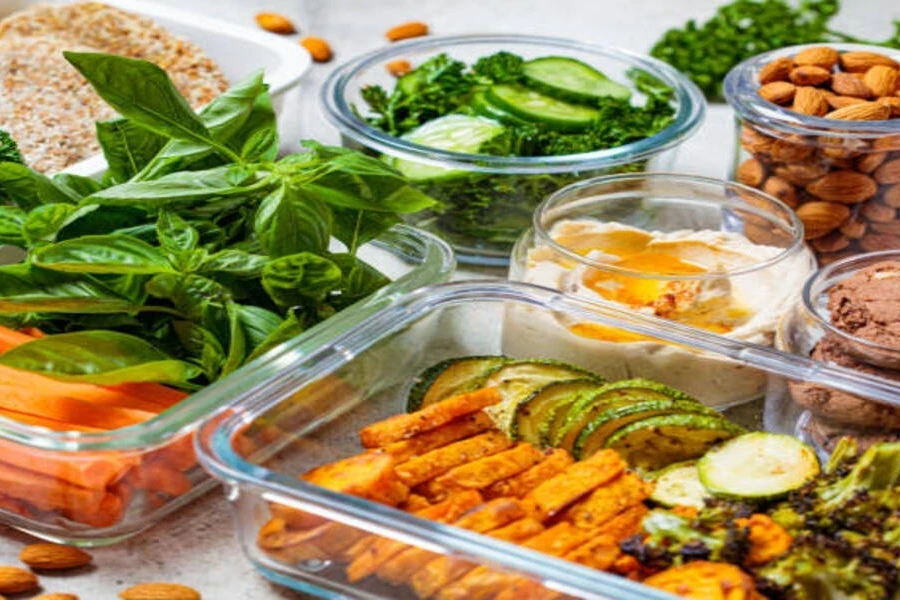
Meal prep containers now come in a variety of materials, with some being more popular than others due to safety and durability reasons. And not all food containers are suitable for every situation, so what works for a restaurant may not be suitable or desirable for use at home.
According to Google Ads, “meal prep container” receives 2,400 average monthly searches. The month with the highest number of searches is February, when they reach approximately 3,600, or 12% of annual searches.
Google Ads also shows that the most sought-after types of meal prep containers are “plastic food containers,” with 33,100 searches per month, followed by “glass food containers,” with 12,100, “stainless steel food containers,” with 9,900, and “silicone food containers,” with 2,400 searches monthly.
Read on to learn more about the key features of each of these types.
Plastic food containers
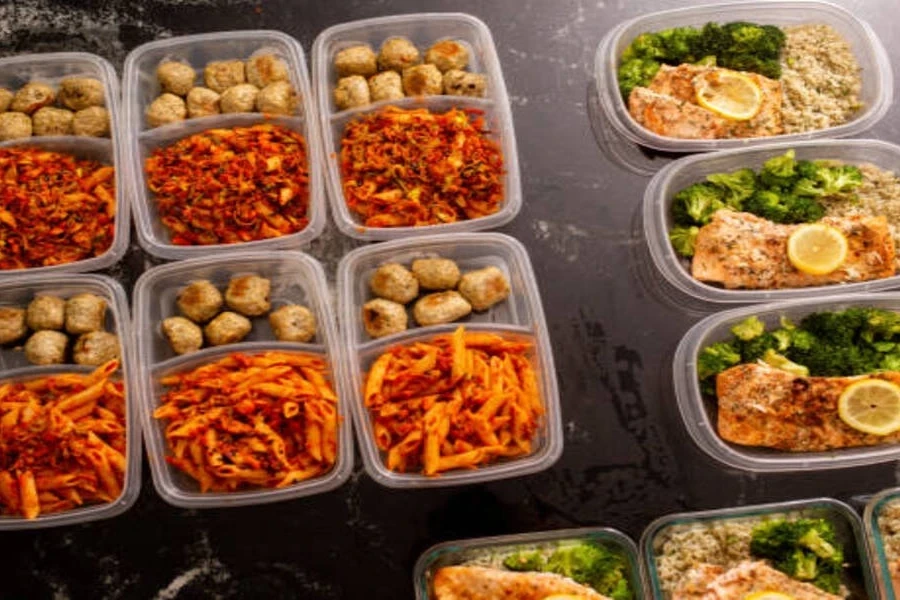
Although eco-conscious materials are increasingly used for packaging and storage containers, plastic food containers remain the most in demand, thanks to their lightweight and affordable qualities. They also in a variety of shapes and sizes, making it easy to portion meals. In addition, most of these containers are microwave-safe and stackable for convenience.
However, consumers should choose high-quality plastic containers – such as those that use BPA-free materials – to prevent harmful chemicals from seeping into the food..
Glass food containers
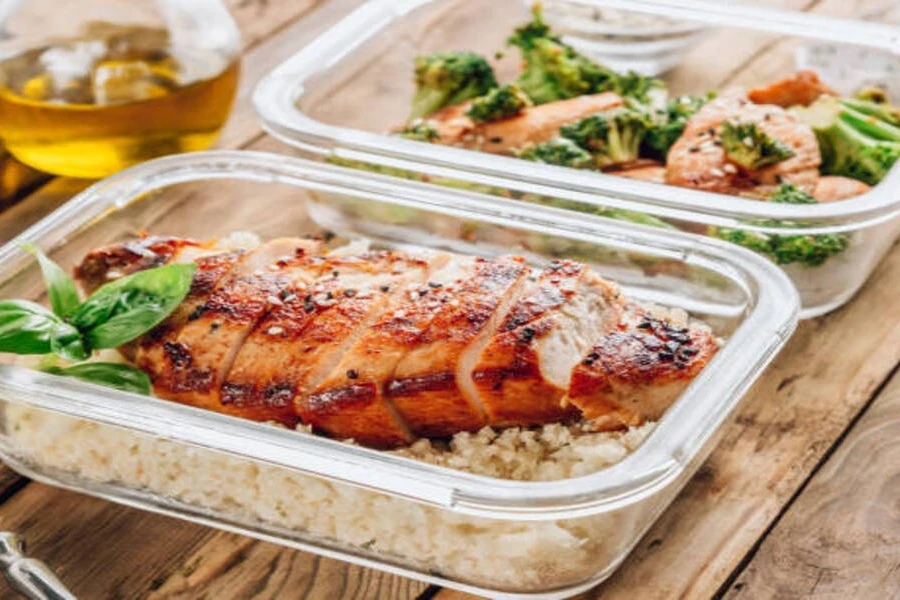
Glass food containers are only growing in popularity due to their durability and eco-friendly appeal. These meal prep containers are non-toxic, resistant to odors and stains, and keep food fresh and flavorful over time, whether frozen or in the fridge. What makes them so attractive is that they’re oven, dishwasher, and microwave safe, making them incredibly versatile and also resistant to chemical leaching.
The downside to these food storage containers is that they’re much heavier and more fragile than other materials. Glass containers can also cost more upfront, but their longevity is worth the price in the long run.
Stainless steel food containers
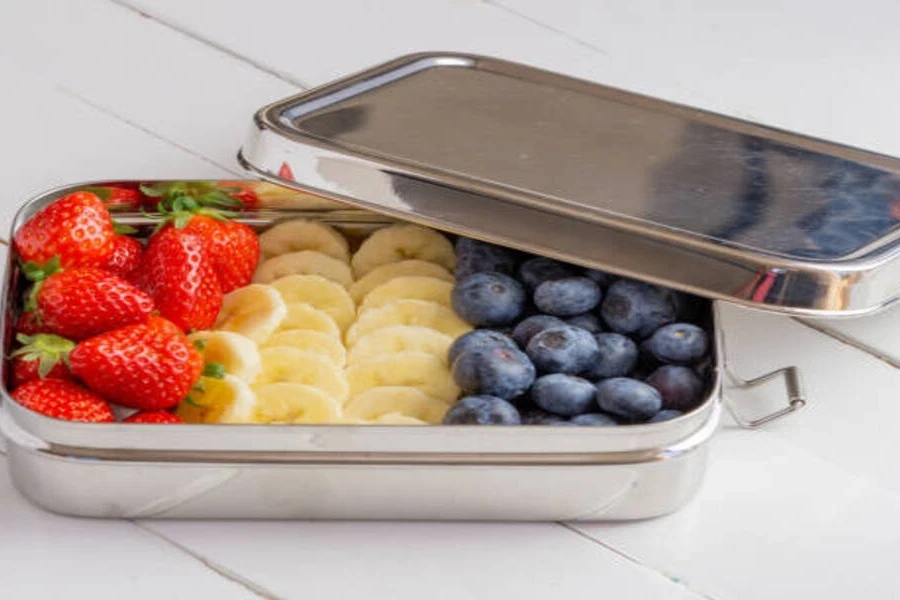
Consumers looking to take their meals on the go often turn to stainless steel food containers. These containers are solid, eco-friendly, and durable and are known for being both reliable and lightweight. Many stainless steel containers are also insulating, which is ideal for keeping meals at an optimum temperature. The material also means that they’re resistant to rust, odors, and stains.
These meal prep containers can be expensive, but their reusability can’t be matched. However, it’s important to remember that they’re non-microwave friendly, and their lack of transparency means that you can’t see their contents.
Silicone food containers

Another popular choice of meal prep containers is those made from silicone. Silicone food containers are particularly versatile and often come in a collapsible form, which is perfect for saving space. They also come in a variety of sizes and shapes, including those with individual compartments.
Although they’re reusable and convenient, they’re not as durable as other materials, such as stainless steel or glass, and it can be difficult to wash off greasy residues if not cleaned thoroughly.
Conclusion
When choosing the right meal prep container, there are various factors to consider. The first thing is the container’s material: While plastic may be the popular, budget-friendly choice, it does have its downsides and losing favorappeals to eco-conscious consumers. Meanwhile, stainless steel and glass containers are growing in popularity, as is silicone, due to their non-toxicity and durable qualities.
In short, meal prep containers are expected to remain in high demand over the next decade as more and more people seek out healthy and more organized lifestyles.
